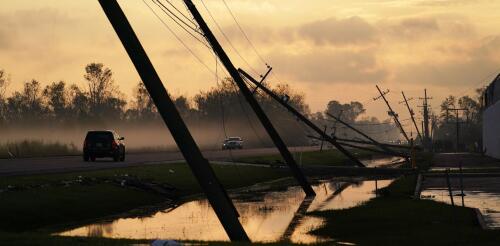Electric grid
Texans like to think of their state as the energy capital of the world. But in mid-February 2021, the energy state ran short of energy. An intense winter weather outbreak, informally dubbed Winter Storm Uri by the Weather Channel, swept across the U.S., bringing snow, sleet, freezing rain and frigid temperatures. Texas was hit especially hard, with all 254 counties under a winter storm warning at the same time. Across the state, sustained arctic temperatures froze power plants and fuel supplies, while energy demand for home heating climbed to all-time highs. Cascading failures in the electric power and natural gas sectors left millions of people in the dark for days. At least 246 people died, possibly many more, and economic damage estimates damages reached US$130 billion. Water systems, which require energy for pumping and treatment, also were severely damaged. At least 10 million people were under boil-water notices during and after the storm, sometimes for weeks. Low-incom...
In areas where storms or extreme heat and cold have knocked out the power for days at a time, people are starting to ask whether investing in rooftop solar and battery storage systems can keep the lights on and the air conditioner running when the power grid can’t. When the grid goes down, most solar systems that lack a battery will also shut down. But with batteries, a home can disconnect from the grid. Each day, the sun powers the home and charges up the batteries, which provide power through the night. Our team at Berkeley Lab explored what it would take for homes and commercial buildings to ride out long power outages, of three days or more, with solar and batteries. How much can solar + storage do? For a 2022 report, we modeled a generic power outage for every county in the U.S., testing whether a rooftop solar system combined with a 10- or 30-kilowatt-hour battery could power critical loads, like refrigeration, lighting, internet service and well pumps; if it could...

